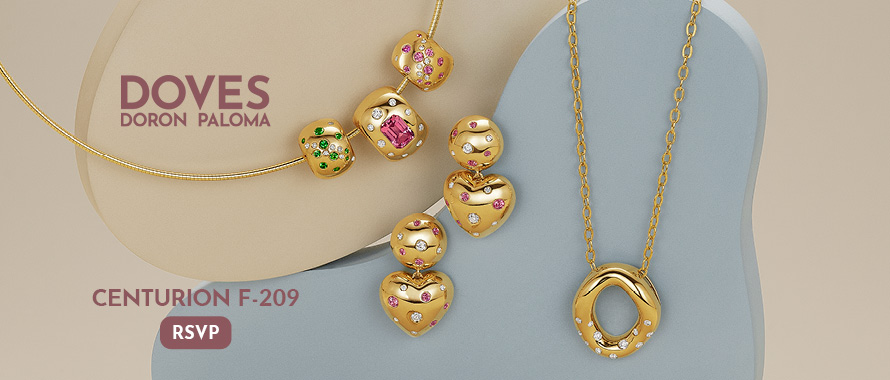Sales Strategy
Editorial: Why Do Fashion Lovers See Investment Jewelry Differently Than Jewelers? | May 12, 2021 (0 comments)
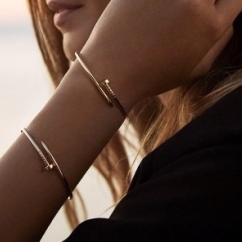
New York, NY—Jewelry experts and historians use multiple qualifications to identify what makes a piece of jewelry an heirloom investment. But it’s interesting to see what qualifies as an investment purchase in the eyes of someone who’s more focused on fashion and not in the jewelry world. Image: Cartier's Juste Un Clou bracelet
Recently, fashion site WhoWhatWear ran an article titled “5 Investment Jewelry Pieces That Rival Rolex Watches.”
Of course I had to click. Erin Fitzpatrick, the author of the article, picked five jewelry items as being worthy investments to rival a Rolex. The chief qualification for making her list appears to be how well the pieces hold their value for resale. (Rolexes hold approximately 97% of their value on the secondhand market, according to resale site TheRealReal, says Fitzpatrick.)
The resale value of a piece of jewelry is certainly a fair enough assessment, but where jewelers diverge from the fashion crowd is what they take into account to determine the value of the piece. I don’t know Fitzpatrick’s background—whether she’s strictly a fashion person or has any jewelry-industry experience—so for now we’ll assume she’s looking at it strictly through the lens of fashion and luxury resale.
Here’s what she picked, starting at number five and working up to number one: 5) Foundrae necklaces and charms (106% value for resale, implying the seller will even make a bit of money on the sale), 4) Anita Ko earrings (71% of value), 3) Hermès Collier de Chien bracelets (66% of value), 2) Van Cleef & Arpels Alhambra Necklaces (113% of value), and 1) Cartier Juste un Clou Bracelets (106%) of value.
As a jewelry person, I’m puzzled as to why she ranked the items in the order she did. Surely if the Alhambra necklace fetches 113% of value, should it not move to the number-one spot, ahead of the Cartier bracelet, which is tied with Foundrae at retaining 106% of value?
It also should be noted that the Hermès bracelets—which in theory should be her number-five pick at 66% of retained value—technically are not fine jewelry. The Hermès name carries probably the biggest clout in the overall luxury resale market: even a used Birkin handbag can go for tens of thousands of dollars (way more than the bracelets!) and it’s highly unlikely that anyone would want to sell an Hermès bracelet for scrap gold value even if they were karat gold, which they’re not.
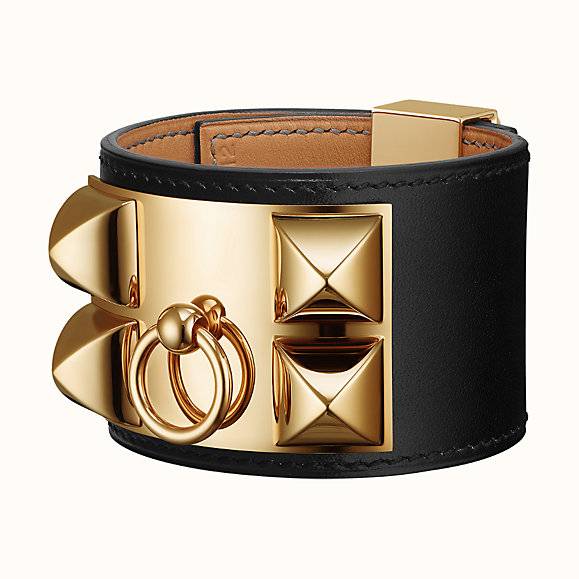
An Hermès Collier de Chien bracelet. Image: WhoWhatWear
So, from a jewelry-industry perspective, what should be on this list that isn’t?
First, of course, there’s a whole category of jewels that are unquestionably investments: names like JAR, Suzanne Belperron, Carnet by Michelle Ong, and works by all the legendary high-jewelry houses. But for purposes of this discussion, we’re focusing on more attainable pieces that could theoretically be a fashion self-purchase in any better jewelry store.
Next, I’m puzzled by the lack of anything diamond on Fitzpatrick’s list. Let’s be honest: the vast majority of diamond jewelry is bought at retail and if it’s sold back, it’s sold at wholesale. So unless you’ve got a mega-stone you’re not really looking at profit—but it’s fair to say that any natural diamond will still hold value and it also can be re-set into something else. That, in my opinion, qualifies as an investment-worthy piece.
To be fair, Fitzpatrick did show a pair of Anita Ko diamond hug hoop earrings, but she was focused on the brand, not the diamonds. Which brings me to my third point: while I appreciate the popularity of the Anita Ko brand—Meghan Markle is a fan—any resale value must be strictly because of the current brand cachet, not because the pieces are so unique.
The earrings Fitzpatrick is showing as an example—the diamond hug hoop for $1,275 and a gold hug hoop for $750—are timeless and classic and well worth adding to one’s jewelry wardrobe, but they’re not unusual. We’ve all seen nearly identical pairs from dozens, if not hundreds, of different vendors. The Anita Ko website shows many cute versions with dangle charms, different gem and metal combinations, and other variations, but I’m still not seeing anything that makes her earrings stand out from any other versions of similar quality and style. My guess is that if Anita Ko ceases to be an “it” brand, those earrings wouldn’t be worth anything additional at resale beyond what any comparable pair might fetch.
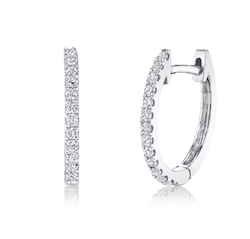
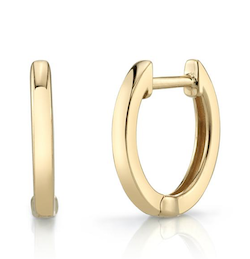
Images: Anita Ko.
The Foundrae necklaces and charms are well designed, attractive, and it’s easy to see why they’re popular. The celestial themes on the charms are timeless and the styles are both current and classic—exactly the right formula for a winning piece of jewelry. But lots of other designers do celestial themes, use enamel, or feature charms or lockets. So again, if not for the current buzz of the Foundrae brand, I’m not seeing why these are any more investment-worthy than any other good quality designer jewelry with a similar look.
The Cartier and Van Cleef pieces? Absolutely spot-on picks for holding value. Indeed, Harper’s Bazaar recently did a short piece on the Juste Un Clou bracelet’s investment-worthiness, along with Cartier watches--which also hold their value, just like Rolex.
But a lot of brands that weren’t on Fitzpatrick’s list also hold their value pretty well: Tiffany and, for that matter, mega-names like David Yurman, Roberto Coin, Lagos, John Hardy and others also carry enough cachet to warrant a good resale price. For those brands, not every piece is going to recoup its cost, but limited-edition pieces may well someday be auction-worthy and even a lower-end silver piece has enough fashion recognition to fetch a good half of its original ticket at resale, based on my personal observation.
The trick, I think, is all in how you’re positioning and selling fashion-focused jewelry. We’ve talked about the importance of resale as a growth category, but making a success of it requires also rethinking the investment value of a piece of jewelry in terms of its resale as a fashion category, not solely as a melt-it-down-for-scrap value.
